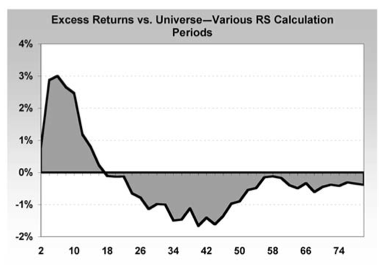These are some notes that arose from the key idea that we should cultivate a "portfolio" approach to investing, rather than trying to live or die on the success of each individual stock pick.
For me the conclusions emerged from a understanding the underlying statistics. However the conclusions are also very similar to Stockopedia's "NAPS" approach. NAPS uses a QVM ranking whereas I use a ranking based on Q and the Sharpe Ratio. However the ideas work for any sensible ranking method.
Although I have kept the mathematics out of the main discussion I have included a brief "Technical Note" for each section which provides pointers to the underlying mathematics for those who are interested.
The prevailing concept in these notes is that the portfolio is king, not the individual stocks within it.
Technical Note:
There are two key statistical metrics that matter and are discussed here: the mean return and the volatility. The mean return is often colloquially referred to as momentum, or in academic papers it is often called drift. It is simply the arithmetic mean of the returns (where a return is the % change over some fixed period, such as daily or monthly.)
Volatility is defined as the standard deviation of the returns. ( = a measure of dispersion about the mean). Volatility is sometimes colloquially called risk. Volatility measures how uncertain we are about the returns in the future given what we know about the past.
Sometimes you will read articles which having equated volatility with risk then criticise volatility for "punishing upward deviation" and looking for measures which only count downward (or "harmful") deviation. This is mathematically extremely dubious reasoning. But rather than get into that debate here, just think of volatility as "uncertainty" rather than "risk".
Important Note: Volatility is computed using returns not prices.
1. STOCKS SHOULD COMPETE AGAINST OTHER STOCKS NOT AGAINST THEMSELVES
If you have ever read anything about stock investing, you probably account each stock holding individually. You note its purchase price, watch to see whether it is in profit or loss and then make a decision to sell based on whether it has reached a target profit, or hit a stop-loss. Or you might top-slice to take some profit. The way that your portfolio is reported to you in your broker account will reinforce this. It is traditional to agonise about each decision.
As…











